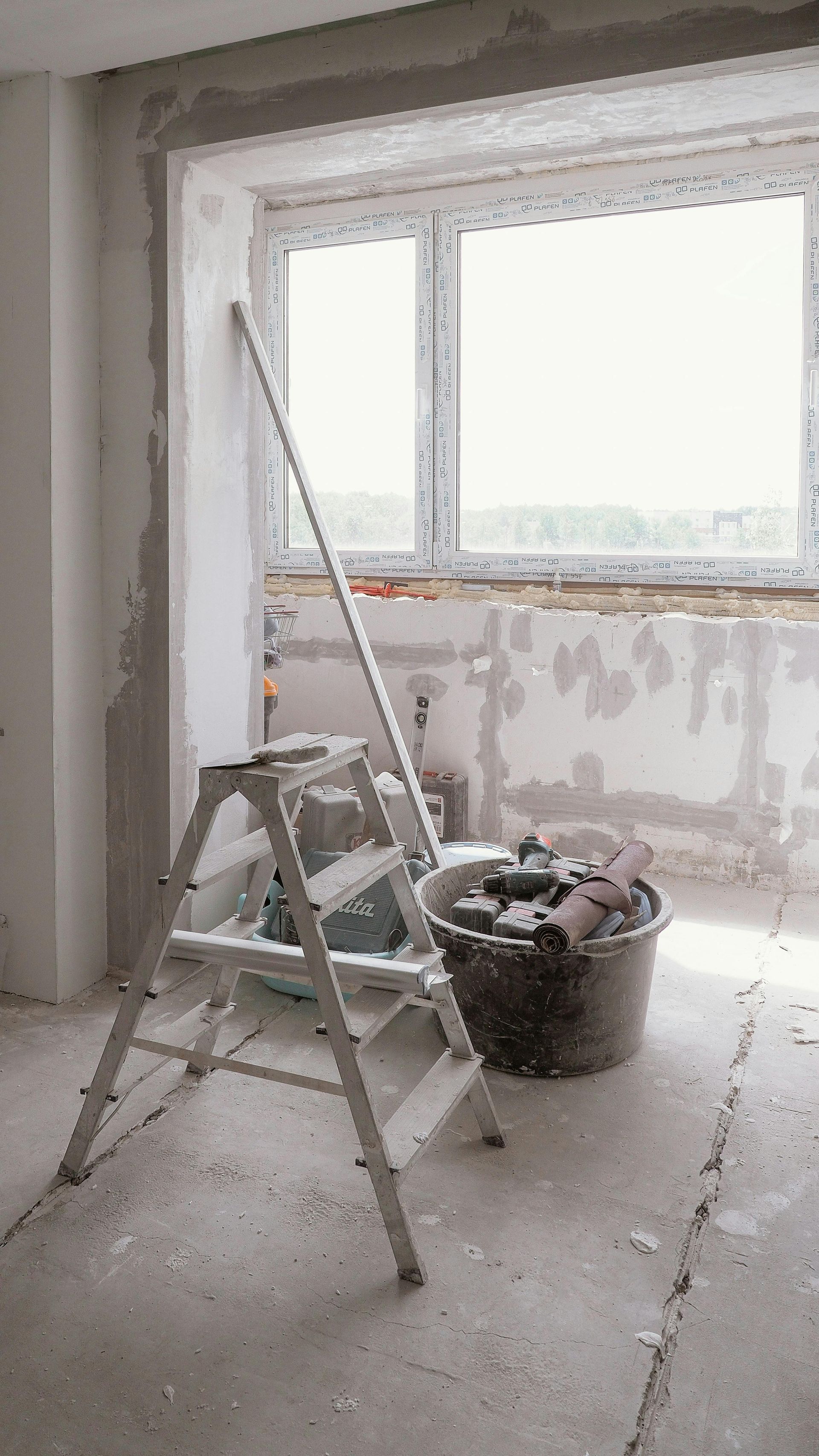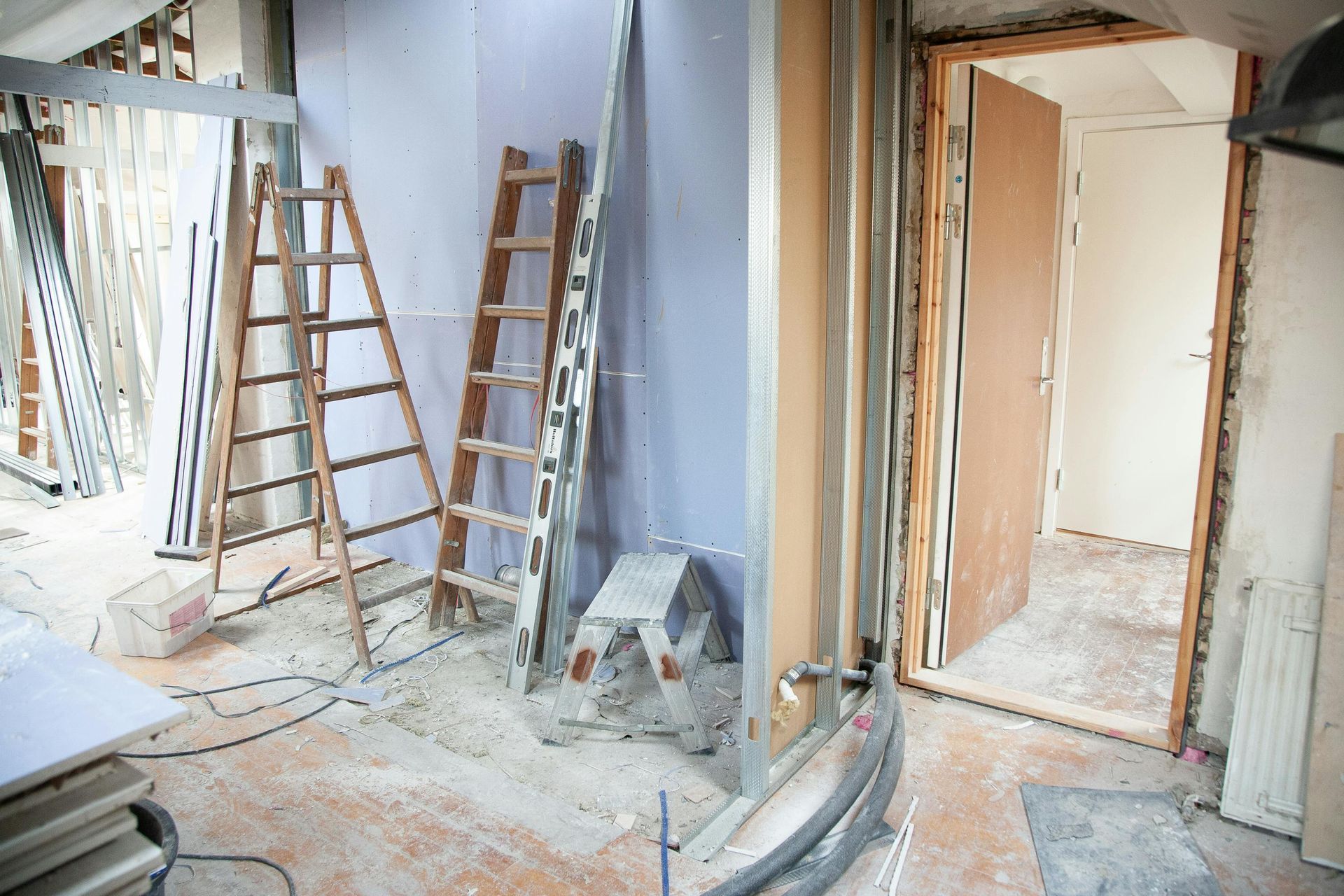Avoid These Common Remodel Mistakes

When it comes to remodeling your home mistakes can be expensive. Here are 10 things to avoid.

When it comes to remodeling, mistakes aren’t just frustrating—they’re expensive. A small oversight can turn into a major problem. What starts as a simple project can spiral out of control, costing more time, more money, and more stress than anyone planned for. A remodel should add value, function, and beauty to a home. But too often, bad decisions, rushed timelines, and budget miscalculations leave homeowners with regret.
Here’s what to avoid to make sure that doesn’t happen.
1. Rushing the Planning Process
A remodel without a plan is like a road trip without a map. Skipping the details—measurements, layouts, materials, budgets—leads to missteps down the line. What looks good in an idea phase doesn’t always work in reality. A good plan accounts for everything: function, aesthetics, materials, cost, and timeline. Rushing this part only guarantees setbacks later.
2. Underestimating the Budget
A remodel always costs more than expected. Hidden problems—wiring, plumbing, insulation—appear the moment walls come down. Prices for materials fluctuate. Labor takes longer than planned. It’s not a matter of if unexpected costs will happen, but when. A smart budget builds in extra for surprises. A general rule: expect to spend at least 15-20% more than the initial estimate.
3. Hiring the Cheapest Contractor
Cutting costs is tempting, but good work isn’t cheap, and cheap work isn’t good. The lowest bid often means rushed labor, low-quality materials, and a lack of attention to detail. A contractor should have references, a portfolio, and experience. The right team makes all the difference between a smooth remodel and a drawn-out disaster.
4. Skipping Permits and Regulations
It’s easy to think, "It’s my house, I can do what I want." But building codes exist for a reason. They ensure that electrical, plumbing, and structural work is done safely. Skipping permits can lead to fines, forced do-overs, or problems when it’s time to sell the home. A remodel done the right way means everything is up to code from the start.
5. Choosing Style Over Function
A remodel should improve how a home is used, not just how it looks. That trendy bathroom tile might look great now, but will it still work five years from now? A kitchen with no counter space isn’t functional, no matter how modern the cabinets are. Good design balances style and practicality—choosing elements that work well today and hold up over time.
6. Using Cheap Materials
Budgeting matters, but cutting costs on materials leads to problems. Weak flooring wears down fast. Cheap cabinets don’t hold up. Low-end paint chips easily. The cost of replacing things in a few years is far greater than investing in quality the first time. The best remodels are built to last.
7. Ignoring Lighting
Lighting is often an afterthought, but it makes or breaks a space. Too little light, and a room feels dark and uninviting. Too much, and it’s harsh. Layered lighting—natural, ambient, task, and accent—creates warmth and usability. The right lighting plan turns a remodel from functional to exceptional.
8. DIYing Beyond Your Skill Level
Some projects are perfect for DIY—painting a wall, swapping cabinet hardware, installing new fixtures. But structural changes, electrical work, plumbing, and flooring require skill. A DIY mistake in these areas can cost more to fix than hiring a professional from the start. Knowing when to call in the experts saves money and frustration.
9. Forgetting Storage and Organization
A remodel isn’t just about making a space look better—it should also make it work better. Too often, homeowners focus on finishes but forget about storage. A basement remodel without built-in shelving, a kitchen with no pantry, a bathroom without enough cabinet space—these are the details that make a remodel truly functional.
10. Trying to Rush the Timeline
Everyone wants a fast remodel. No one wants to live in a construction zone longer than necessary. But good work takes time. Rushing leads to mistakes, missed details, and work that doesn’t hold up. A realistic timeline accounts for planning, ordering materials, inspections, and unexpected delays. Taking the time to do it right is always worth it.
Avoiding Mistakes Means Getting It Right the First Time
A remodel should be exciting, not stressful. Avoiding these common mistakes ensures a smoother process, better results, and a home that’s not just updated—but upgraded. At Fowler Basements & Interiors, we focus on quality, craftsmanship, and attention to detail, so homeowners get the remodel they want without the regret.
Ready to start your project? Contact us today.


